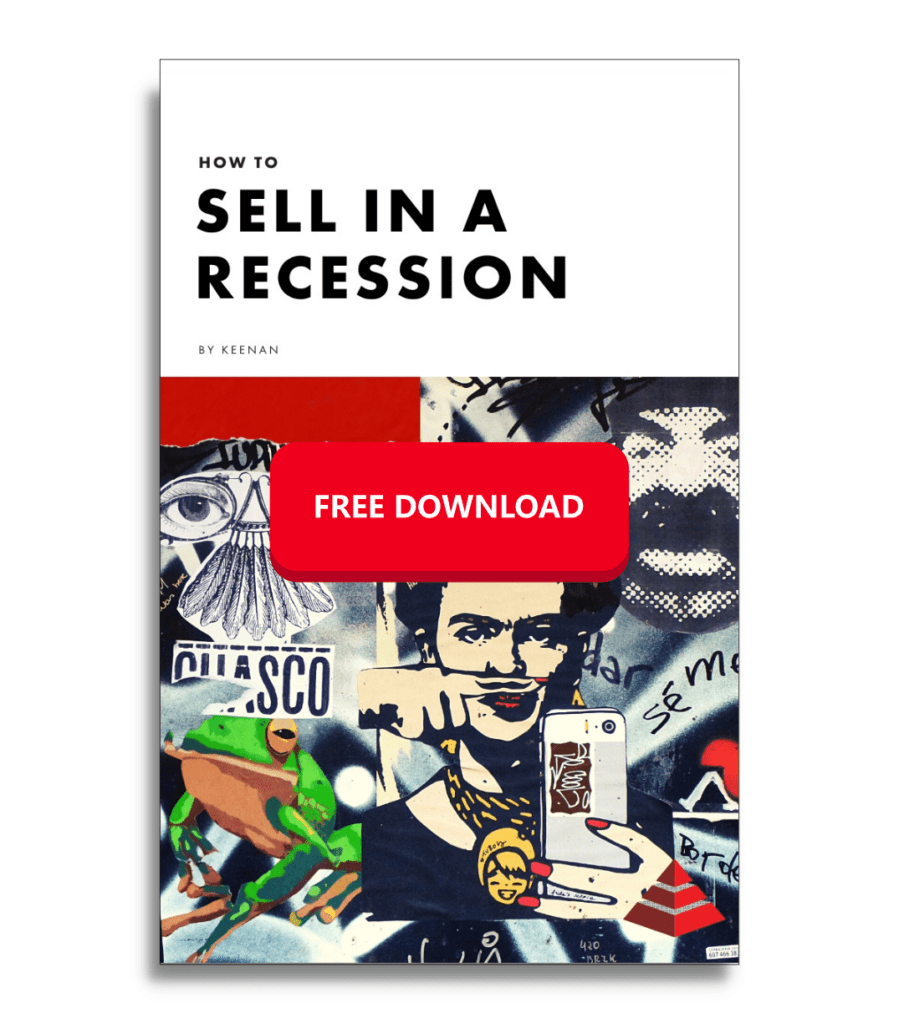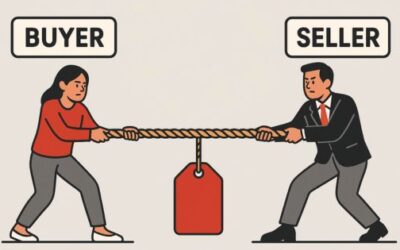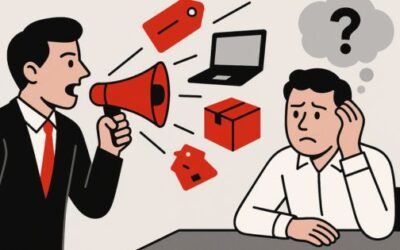Not all sales training is created equal. We’ve all been there, stuck in a half day session that feels like it’s never going to end, your to-do list continues to grow, and you can’t wait to check your email to see if that big prospect responded. Rarely have we experienced the flip side where you’re so invested you can’t wait to try some of the new techniques.
Why does some sales training hit while others are a complete miss? The difference can be both content and the approach. I’m going to break down what separates good from bad in sales training.
Good Vs. Bad Sales Training
Good sales training is customized, interactive, personal and, most importantly, ongoing. It speaks directly to the weaknesses in your team’s make up and address the specific challenges your sellers face.
Bad sales training is generic, boring, overly theoretical, one-and-done, or outdated. It’s the training that teams zone out or check emails during.
Core Elements of Good Sales Training
What makes a truly effective sales training? Let’s break it down.
1. Problem-centric approach
Good sales training puts the common customer problems front and center. It teaches you to find space between your customers current environment and where they want to be. Post training, you should feel like a doctor for your prospects, diagnosing their problems and prescribing them a solution.
2. 21st Century
Modern buyers are more informed and are very quick to pick up on a sales pitch. Effective training equips you to be a partner. It should teach you how to navigate a complex B2B buying process. If your training still relies on outdated concepts like BANT, it’s time for an upgrade.
3. Engaging
If your sellers are falling asleep during your trainings, checking emails, or calling in sick to avoid them it won’t stick. The best sales training programs use humor, storytelling, role-play, and interactive workshops. They’re more “edutainment” than lecture, ensuring lessons are more memorable and applicable.
4. Tailored Approach
No good sales training is a one-size-fits-all. Every company is different, every product is different, good sales training aligns with your company, product, customers, and culture. It speaks your company’s language and should address your team’s challenges.
5. Comprehensive Skill Development
Good sales training should include discovery skills, qualification processes, problem identification, and deal management. It should cover all bases. Getting a prospect to “yes” is just the beginning.
Red flags of Bad Sales Training
Check for the following warning signs before signing on with any sales trainers.
1. Outdated methodologies
If the training still pushes any sort of manipulation or focuses solely on product features, look elsewhere. What worked in the 60s and 70s does not work today.
2. One-Size-Fits-All
I mentioned the reverse of this earlier, but it’s important enough to repeat. Effective training can’t be generic. It must consider your industry, who you’re selling too, and the problems you ICP struggles with.
3. Theory Without Practice
Programs heavy on concept and light on application should be avoided. Good training balances theory with real-world scenarios and practical exercises.
4. Lack of Retention Strategies
Training isn’t and shouldn’t be a 1 day process. Overhauling behaviors requires follow-up coaching, long-term reinforcement, and additional sessions to keep the content fresh and to increase the likelihood of retention.
Bad training is a waste of time at best. At worst, it can teach your sellers harmful habits and make your situation worse than it started.
Measuring Sales Training Effectiveness
We don’t want to cross our fingers and hope training help improve sales numbers. We must be able to prove it. Measure the impact using:
1. Key performance metrics
Take note of your revenue, win rates, deal sizes, sales cycle length, and maybe even forecast accuracy. A month following the training take note of them again. Do the same in months 2 and 3 and then see for yourself if the training made an impact.
2. Behavioral changes
Observe your sellers and see if there are any shifts in their approach or customer interactions. Assess their discovery and qualification skills, are they showing signs of improvement? During call coaching, evaluate the quality of their sales conversations and demo presentations. Are they applying learnings?
3. Customer Feedback
Ask customers for their feedback prior to the training and compare those notes and satisfaction scores with customers who were brought in post training. Are they improving? Is customer retention improving?
We want to be able to prove our investments are making an impact on the bottom line. Build a full picture of how the trainings are driving real-world results. Keep measuring, keep training, keep improving.
Quick recap. Good sales training is problem-centric, not product-centric. It adapts to modern buying processes and emphasizes partnerships and playing doctor. Engaging delivery, tailored content, and reinforcement are absolutely essentials for retention. Measure, measure, measure. Be able to prove each training made an impact.




0 Comments